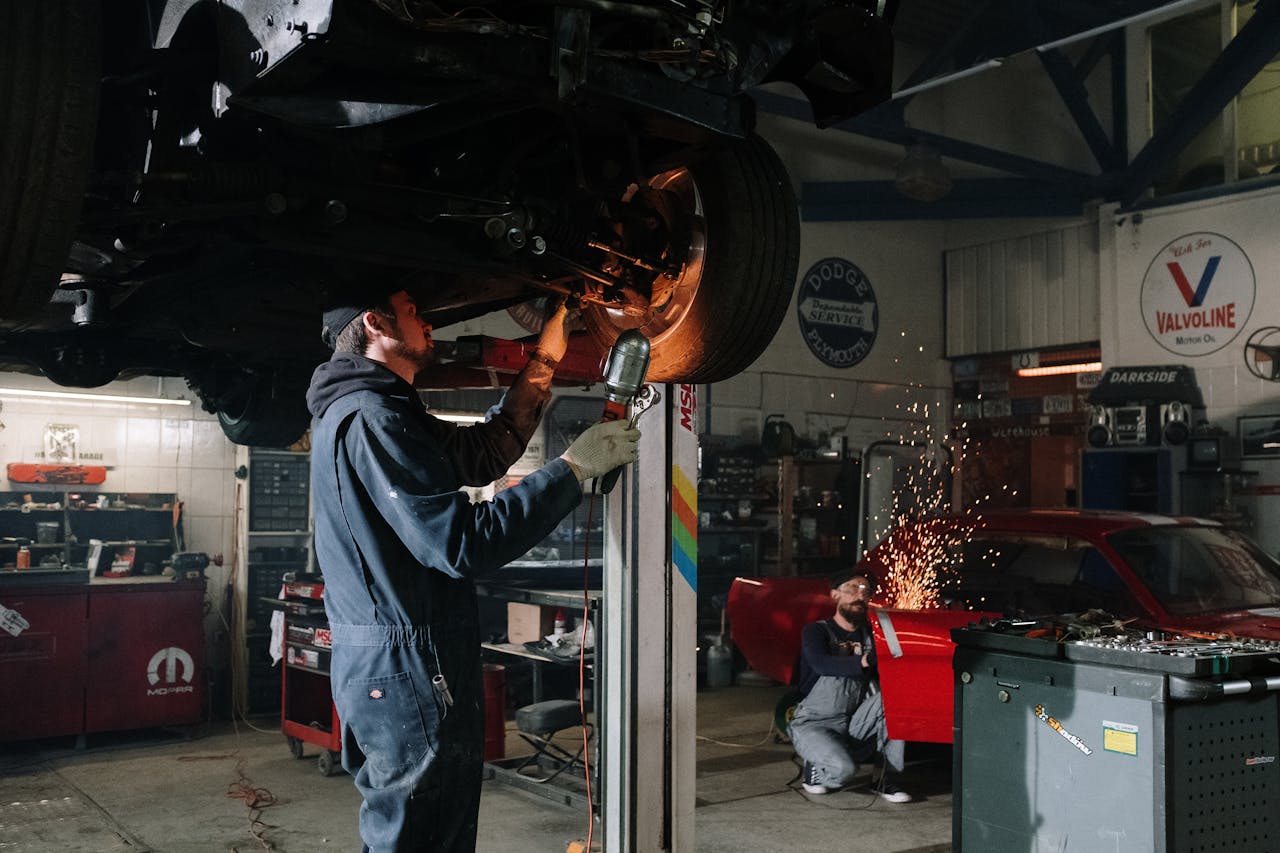
DIY home improvement can be a great way to save money and add personal touches to your space. Many homeowners tackle projects themselves, hoping to boost their home’s value when it’s time to sell. But not all DIY efforts pay off in the long run. Sometimes, well-intentioned upgrades can actually make it harder to sell the house later. If you’re thinking about rolling up your sleeves, it’s important to consider how your choices might affect future buyers. Let’s look at some common DIY pitfalls that could hurt your home’s resale potential.
1. Unpermitted Renovations
One of the biggest mistakes homeowners make is completing major renovations without the proper permits. Whether it’s finishing a basement, adding a deck, or installing a bathroom, skipping this step can cause headaches down the road. When it’s time to sell the house, buyers—and their lenders—often want proof that all work meets local codes. Unpermitted renovations can stall a sale, lead to costly fines, or even require you to undo your work. Always check with your municipality before starting any significant project, and keep documentation handy for the future.
2. Poor Quality Workmanship
Not every homeowner has the skills of a professional contractor. Crooked tiles, uneven floors, or leaky plumbing stand out to potential buyers. Even small mistakes can be red flags, making them wonder what else might be lurking under the surface. When you sell the house, buyers may factor in the cost of repairs or demand credits for shoddy work. If you’re unsure about your abilities, it’s often wiser to hire a pro for critical jobs—especially those that affect your home’s safety or structure.
3. Overly Personalized Upgrades
It’s tempting to make your home reflect your tastes, but bold color choices or unique built-ins can backfire. Bright purple kitchens or custom murals might appeal to you, but buyers usually want a blank canvas. Highly personalized touches can turn off people who can’t picture themselves living there. When you sell the house, neutral paint, simple finishes, and flexible spaces tend to attract the widest pool of buyers. Save your quirks for décor that’s easy to change before listing.
4. Cutting Corners on Materials
Saving money is a big reason people choose DIY, but going cheap on materials often costs more later. Low-quality laminate flooring, bargain paint, or flimsy cabinetry can wear out quickly. These choices may look fine at first, but show age and damage by the time you’re ready to sell the house. Savvy buyers notice these shortcuts and may offer less or ask for replacements. Investing in durable, mid-range materials usually pays off when it’s time to put your home on the market.
5. Ignoring Curb Appeal
DIYers often focus on interiors and overlook the outside. But first impressions matter. Peeling paint, patchy lawns, or poorly installed fencing can send buyers running. Keeping your home’s exterior tidy and attractive doesn’t always require a big budget. Simple fixes—fresh mulch, trimmed bushes, and a clean entryway—can boost your home’s value and make it easier to sell the house. Don’t underestimate the power of curb appeal when planning your next project.
6. DIY Electrical and Plumbing
Electrical and plumbing projects are tempting for confident DIYers, but they carry serious risks. Mistakes can lead to leaks, fires, or code violations. Home inspectors catch amateur wiring and plumbing fast, and buyers may walk away if they sense trouble. If you want to sell the house for top dollar, leave these complex systems to licensed professionals. Not only does this protect your family, but it also reassures future buyers that the work is safe and up to code.
7. Creating Awkward Spaces
Sometimes DIYers get creative with layouts—converting garages to bedrooms, splitting large rooms, or closing off open spaces. While these changes might suit your needs, they can make your home less appealing to others. Awkward traffic flow, lost storage, or odd room shapes can make it harder to sell the house. Before making big changes, consider how they’ll affect the home’s overall function and appeal. If possible, aim for flexible spaces that work for a variety of lifestyles.
What to Do Before Your Next DIY Project
DIY projects can be rewarding, but it’s smart to think ahead if you plan to sell the house someday. Research which improvements add value in your area. Talk to a real estate agent before making major changes—they see firsthand what appeals to buyers and what turns them away.
If you’re unsure about a project, consider consulting with a professional or hiring help for the tricky parts. Remember, quality and timelessness matter more than trends. Focus on improvements that make your home safer, more functional, and universally appealing. This way, when it’s time to sell the house, your DIY work will help—not hurt—your bottom line.
Have you ever taken on a DIY project that made selling your home easier or harder? Share your experience in the comments below!
What to Read Next…
- 7 Diy Mistakes That Will Sink Your Homes Resale Value
- 8 Diy Repairs That Make Your Home Harder To Sell
The post Are Your DIY Efforts Making It Harder to Sell the House Later? appeared first on Clever Dude Personal Finance & Money.







